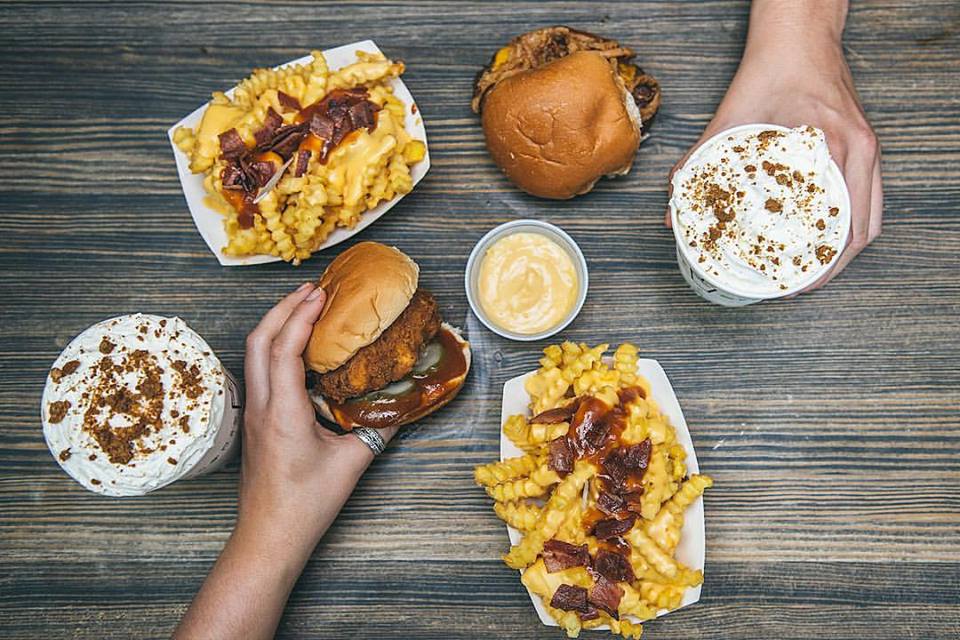About Time: You Discovered Fast-Casual RestaurantsBy Angelica Malin
A trend is emerging in the restaurant industry – one that balances speed and convenience with a strong standard and quality of food. Prominent examples are Five Guys and Chipotle, and, by providing the most popular dining experience available at the moment, they are setting the new standard. As a result of this innovation, and the profitability that followed, a new sub-genre of eating has emerged – that of the fast-casual restaurant.
By offering a middle ground between the efficiency of fast food chains and the higher quality of food provided by casual restaurants, fast-casual has taken over as the most in-demand service in the market. There is no doubt that this is, in part, due to the efficiency and convenience of eating there. But just how do they manage to maintain such a slick and speedy service?
What makes them the same as fast-food outlets?
Convenience is what drew people in their masses to fast-food restaurants in the first place, and it continues to draw people to fast-casual restaurants today. As such, both share some common traits. A staple of both is the absence of table service. Orders are placed; the food is prepared in front of you, before either being seated where a member of staff will pass your food over to you, or to an assembly area where you can collect your food before finding a table. On average, the whole ordering process takes around 3 minutes.
What makes them different?
What differentiates fast-casual restaurants from their fast food cousins is the higher price point, and the higher quality of food that accompanies that. But striving to achieve a higher standard of food while maintaining the same flawless efficiency is far from straightforward. As you’d expect, maintaining this delicate balance is an essential for any fast casual restaurant.
The first prerequisite to an efficient service is an amalgam of equipment that helps to eliminate any time that would otherwise be lost to menial tasks like washing dishes and trays. One example of a vital piece of kit that can maximise efficiency behind-the-scenes is a passthrough dishwasher. Not only does it possess the capability to power through a huge volume of dishes in a matter of minutes, its durability and reliability means downtime is non-existent, which is essential in an in-demand fast-casual restaurant. In pursuit of peerless efficiency, speed and reliability are invaluable, and anything that meets these criteria is added.
The second component of maintaining the balance between standard of food and speed is the people that actually contribute to the everyday running of the fast-casual restaurant. Because of the lack of table service, it is important that staff are friendly and engaging. As many combine the role of preparing food with a cashier in one fell swoop, it takes a unique skillset and attitude to carry out the role perfectly. Stellar service also helps to justify the higher price of the food.
For the time being, it seems as though fast-casual restaurants are set to stay. One prominent example – Five Guys – expanded to the UK in 2013, and more and more venues are popping up across the country.



